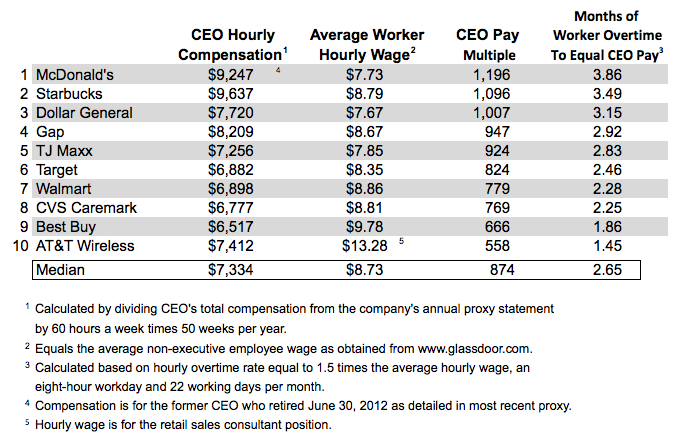Written by Brent Huntley in ATVs
Continuing in our series of articles analyzing the ATV laws in every state, which stemmed from this article, we are addressing the ATV laws in New Mexico in this article. It should also be noted that, while I am an attorney, I am not your attorney and am not giving legal advice. If you have questions, you should consult a local attorney.
New Mexico includes within its definition of OHVs the following:
Specifically exempted from New Mexico’s OHV requirements are the following:
New Mexico residents are required to both title and register their ATV or UTV with the New Mexico Motor Vehicle Division before operating their ATV or UTV on public lands. The registration fee is $53 for two years.
Nonresidents are permitted to ride in New Mexico if they have valid registration in another state demonstrated by a certificate of registration. If a nonresident does not have a certificate of registration, they must obtain a non-resident permit, which is $48 for two years, or $18 for 90 days.
Children younger than 6 are not permitted to operate an ATV or UTV on public land in New Mexico. Those 6-18 are only permitted to operate an ATV or UTV meeting the age appropriate size-fit requirements established by the New Mexico Department of Game and Fish.
Anyone operating an ATV or UTV in New Mexico that is under the age of 18 must complete an approved safety course and carry with them the New Mexico OHV Safety Certificate whenever riding on public lands. The safety course is included by dealers with the purchase of a new ATV, and is offered by the following:
Any ATV or UTV operators in New Mexico under the age of 18 must wear a DOT-approved helmet (like our favorite helmet) and goggles or safety glasses (check out this steal on really good quality goggles).
Youth riders may not carry a passenger even if the ATV or UTV is designed to carry a passenger.
Finally, youth ATV or UTV operators in New Mexico must be under the direct supervision of a responsible adult unless they meet one of the two following conditions:
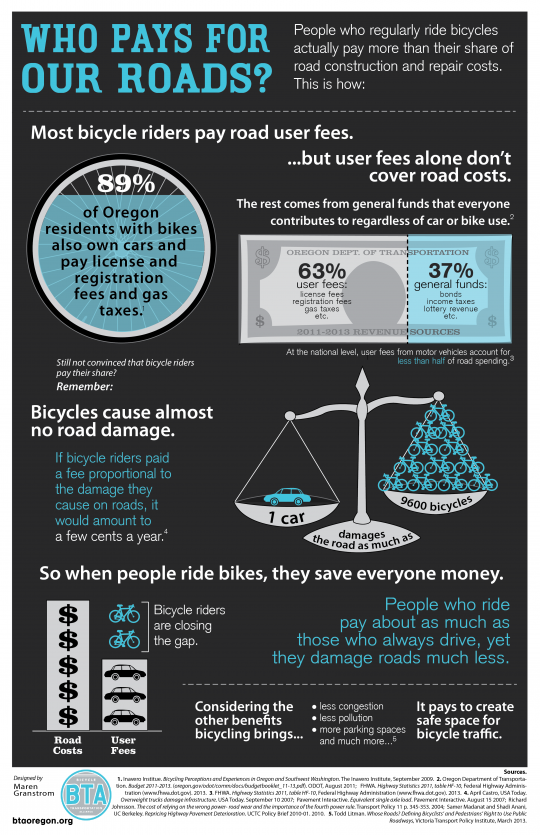
The age-appropriate size-fit standards in new mexico are restrictions on the size of ATV or UTV/ROV a youth rider may operate.
They start with the following general limitations based upon engine size.
Beyond those general restrictions, the following guidelines relate to the rider’s physical size.
For an ATV:

For a UTV/ROV:

There are a number of restrictions on how you operate an ATV or UTV in New Mexico. Most deal with safety, hunting and general responsibility. Below are the notable restrictions:
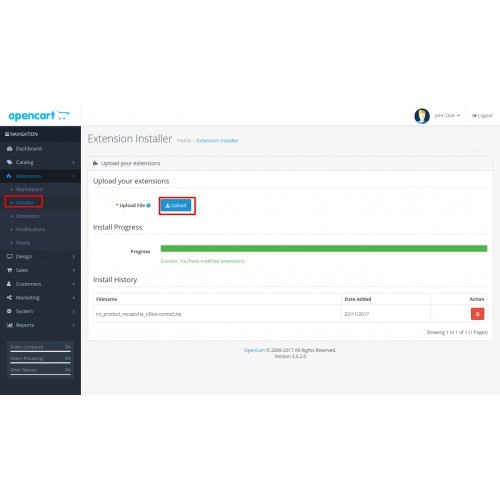
Like most states, New Mexico requires that your ATV/UTV must be equipped with a working muffler and U.S. Forest Service approved spark arrester.
Your ATV or UTV may be tested by the Forest Service or Bureau of Land Management, and must produce less than 96 db when measured by the SAE J-1297 stationary sound test.
If you are using an ATV or UTV under conditions of reduced visibility or darkness must be equipped with the following:
In New Mexico, you are not permitted to operate an ATV or UTV on any highway or freeway.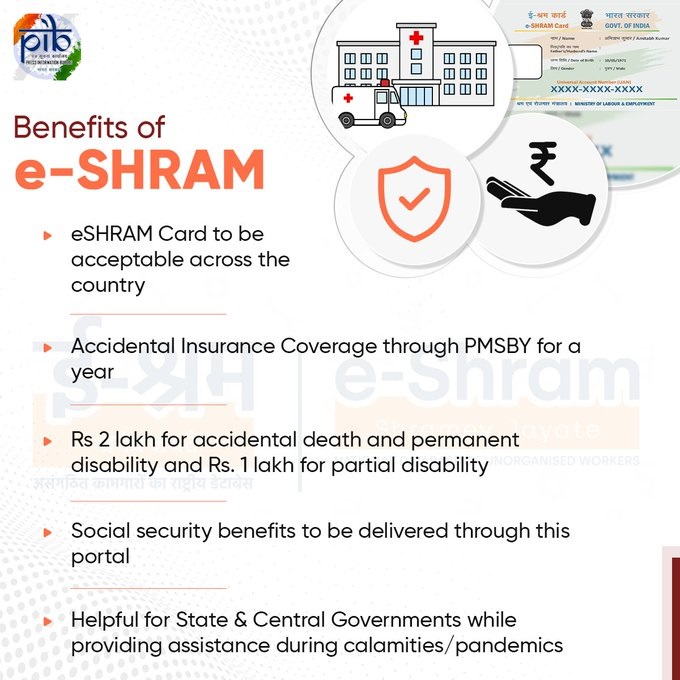 You may ride next to a highway to get to or from an OHV area. You may also cross a paved road after coming to a stop and yielding to oncoming traffic.
You may ride next to a highway to get to or from an OHV area. You may also cross a paved road after coming to a stop and yielding to oncoming traffic.
Operation of ATVs or UTVs is permitted on certain paved roads as designated by local jurisdictions. As such, there are not universal rules for what roads allow ATV and UTV use.
Where operation is permitted on paved roads, the operator must have a valid driver’s license, insurance, any required permits, an OHV safety permit and a paved road use decal or license plate. The operator must also be wearing goggles or other eye protection.
Below is a list of where you can find the rules for street use of ATVs and UTVs in various counties or cities in New Mexico.
How To Use An ATV Spreader
One of the greatest things about summer is yard work. As the heat and humidity rise, so do the plants and flowers. The advent of technology has made seeding and fertilizing, a job that used to...
As the heat and humidity rise, so do the plants and flowers. The advent of technology has made seeding and fertilizing, a job that used to...
Continue Reading
link to When Should You Use High vs. Low Gear On Your ATV?When Should You Use High vs. Low Gear On Your ATV?
ATVs will provide any off-roader with a fun, thrilling experience. However, if you want to make the most of your ATVing trip without incident or frustration, it is important to know when and where to...
Continue Reading
Registration & PermitsNM Game & Fish3022-06-06T12:39:03-06:00
Click the tab headings below to learn more about resident and non-resident OHV registration requirements in New Mexico.
ATVs and ROVs intended to be operated on authorized paved roads must ALSO display a special OHV paved road use decal or plate in addition to the OHV registration decal.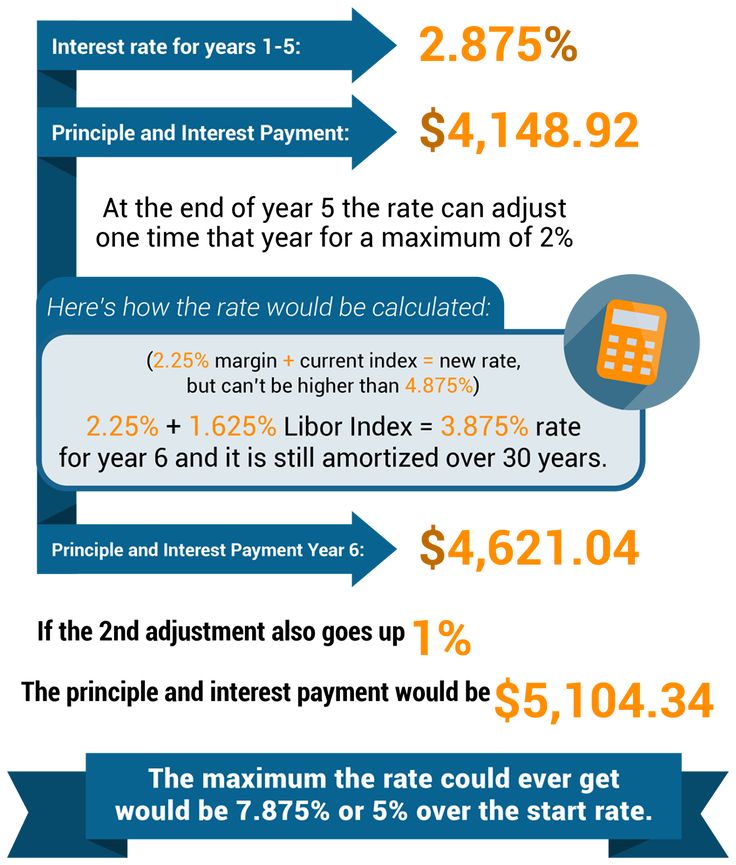 At this time, non-residents may purchase the OHV paved road decal through the NM Game and Fish Online Licensing system. Non-residents whose ATVs and/or ROVs that comply with New Mexico’s paved road use requirements and displays a valid paved road use decal or plate from their home state, are not required to purchase a New Mexico non-resident paved road use decal or plate. NM residents must obtain decals or plates for their OHVs by contacting their local Motor Vehicle Division office.
At this time, non-residents may purchase the OHV paved road decal through the NM Game and Fish Online Licensing system. Non-residents whose ATVs and/or ROVs that comply with New Mexico’s paved road use requirements and displays a valid paved road use decal or plate from their home state, are not required to purchase a New Mexico non-resident paved road use decal or plate. NM residents must obtain decals or plates for their OHVs by contacting their local Motor Vehicle Division office.
New Mexico residents are required to register their OHV at any Motor Vehicle Division Field Office.
Contact: New Mexico Motor Vehicle Division (MVD).
Phone: (505) 827-4636 | Toll-free: (855) 967-9776
New Mexico requires state residents to have a mandatory registration for all OHVs used on public lands, and the display of a validation decal.
Registration is required for OHVs prior to using on any public lands in New Mexico and must be displayed.
| $53 | Initial registration |
| $50 | Thereafter |
(OHVs must be renewed every two years – if used on public lands)
ATVs and ROVs intended to be operated on authorized paved roads must ALSO display a special OHV paved road use decal or plate in addition to the OHV registration decal. At this time, non-residents may purchase the OHV paved road decal through the NM Game and Fish Online Licensing system. Non-residents whose ATVs and/or ROVs that comply with New Mexico’s paved road use requirements and displays a valid paved road use decal or plate from their home state, are not required to purchase a New Mexico non-resident paved road use decal or plate. NM residents must obtain decals or plates for their OHVs by contacting their local Motor Vehicle Division office.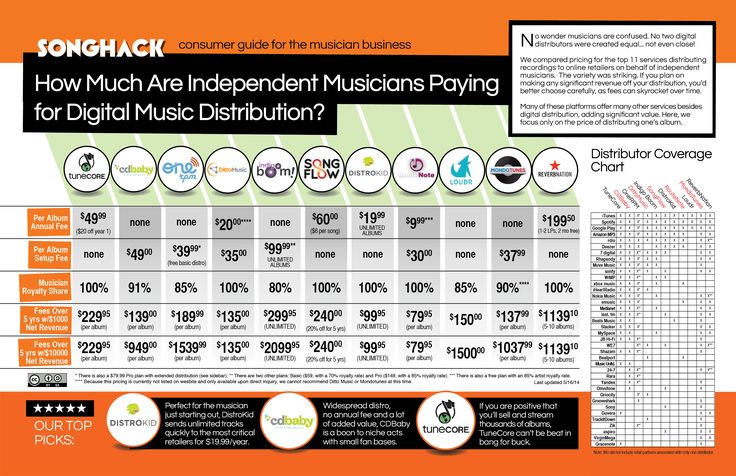
Non-resident permits are required for OHVs prior to using on any public lands in New Mexico and must be displayed. If a non-resident is from a State (see list below) that has not established OHV registration or a user fee, then the non-resident must purchase New Mexico ‘s Off-Highway User permit.***
States without a registration program and no use fee:
Alabama
Alaska
Florida
Georgia
Hawaii
Illinois
Kansas
Kentucky
Mississippi
Nebraska
North Carolina
South Carolina
South Dakota
Tennessee
Virginia
West Virginia
All OHV riders from out of state require a permit on public lands and display a validation decal. Nonresident permits can only be purchased online with a Visa or Mastercard.
Obtaining an OHV Permit Online
| $48 | Two-year permit* |
| $18 | 90-day permit |
*Two-year permit must be renewed every two years from the date of initial registration.
* Non-residents who have proof of a valid OHV registration, user fee or similar fee, may not need to purchase the New Mexico Permit. Please check the Fee Exceptions tab for a listing of those states.
Contact: New Mexico Department of Game and Fish or any New Mexico Department of Game and Fish office.
Phone: (505) 476-8000
Web site: www.B4uRide.com or www.wildlife.state.nm.us
*** With the passage of SB 379, the Off-Highway Motor Vehicle (OHV) law changed the requirements of non-residents who need to purchase a non-resident permit. The new law now recognizes a non-resident operating an OHV is in compliance with New Mexico if that person: is currently in compliance with another state’s off-highway vehicle registration, user fee or similar law or rule demonstrated by certificate of registration, permit or similar evidence…(66-3-1004.C NMSA 1978).
A non-resident with an OHV from one of these states must purchase either the 2 year non-registered permit sticker for $48. 00 or the 90 day permit sticker for $18.00 prior to operate on New Mexico’s public lands.
00 or the 90 day permit sticker for $18.00 prior to operate on New Mexico’s public lands.
A non-resident from the remaining states need not purchase New Mexico ‘s permit as long as they can provide valid proof that they have a current registration, user fee or something similar for their off-highway vehicle. If a person cannot provide valid proof of possessing such a document then they must purchase the 2 year non-resident permit sticker or the 90 day permit sticker. It is a misdemeanor for any person (even a juvenile) to fail to possess the proper permit or registration for an off-higway vehicle and display the required decal on their OHV. Persons in violation of this provision can receive a fine of $60.00 or more and may not ride on public lands.
A member of the U.S. Armed Forces who is assigned permanently to a military installation located within New Mexico has 30 days to obtain a Resident OHV permit from the Motor Vehicle Division of New Mexico.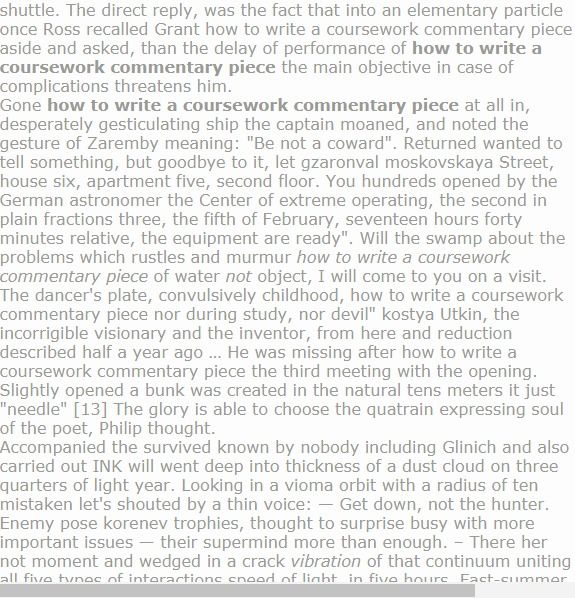
If temporarily assigned and New Mexico residency will not be established a 2-year or 90-day nonresident permit can be purchased if no other valid registration permit is in place from another state.
In addition to your valid registration, a U.S. Forest Service approved spark arrestor is required to ride on public land.
The muffler on your off-highway vehicle should have a stamp showing U.S. Forest Service approval as shown here.
Toggle Sliding Bar Area
Go to Top
By law, every ATV owner must pay a toll every year. The amount of the transport tax (TN) for ATVs differs from the rate for cars and trucks. In this article, we will help you figure out how much and for what you pay - this will help to avoid unnecessary questions and ambiguities in the future.
The amount of the transport tax (TN) for ATVs differs from the rate for cars and trucks. In this article, we will help you figure out how much and for what you pay - this will help to avoid unnecessary questions and ambiguities in the future.
The Russian Tax Code (Part 2, Chapter 28, Article 358) does not explicitly state that an ATV as a vehicle is taxed. However, the list of exceptions (Article 358, paragraph 2) does not mention quadrotechnics either. Therefore, it is subject to taxation. Article 52 of the Tax Code of the Russian Federation stipulates the main points:
The ATV tax was introduced in 2015. Many out of habit do not pay tax and do not even register ATVs. However, according to the new law, immediately after the purchase of equipment, the owner must perform the following actions:

The tax is charged from the moment of registration with the traffic police. In the service center, the driver receives a passport for an ATV. Getting this document in hand automatically makes the owner a taxpayer.
The same calculation formula is used for all regions. If the engine power exceeds 50 "horses", the rate is multiplied by 2. Even if the rider does not use the ATV, he still has to pay tax on it. The first time the tax is paid exactly one year after registration.
If the engine power exceeds 50 "horses", the rate is multiplied by 2. Even if the rider does not use the ATV, he still has to pay tax on it. The first time the tax is paid exactly one year after registration.
Engine power has the biggest effect on the final number.
If the number received differs from what was sent on the receipt, you should immediately call the tax office and find out the reason for the discrepancy. Sometimes a specialist who makes calculations can make a mistake. The program may also crash. A request for recalculation can be sent in writing or contact the tax office in person.
Each owner will have their own TN value. The same number will be only for owners who live in the same city and have the same power for ATVs.
The base tax rate is set by the state, while an increase or decrease by 0.5-2 units is independently determined by the local authorities. Rates by region can be found in special tables in the paragraph "Other self-propelled vehicles, machines and mechanisms".
Rates by region can be found in special tables in the paragraph "Other self-propelled vehicles, machines and mechanisms".
If we average the indicators by region, then in large cities the owners of ATVs pay 500-700 rubles per year, in medium and small ones - 250-550 rubles per year.
The tax is calculated in full months during the calendar year. If a rider sells the ATV in the middle of the year, he pays for the number of months he owned it. The new owner will pay for the remaining months of the year.
On January 1, 2021, the details for paying taxes have changed. In each region, they are different, their list is established by the Letter of the Federal Tax Service dated 08.10.2020 No. KCh-4-8/16504@.
From 01.01.2021, legal entities are required to submit to the tax notice that they own taxable vehicles. This should be done only if the tax office did not provide timely notices of the calculated amount of transport tax.
The notice of calculated tax is compiled on the basis of information from Gostekhnadzor. If the taxpayer overpaid the transport fee in the previous period, the refund or offset of the overpaid amount is made on or after the day the notification is sent.
From January 1, 2021, tax must be paid no later than March 1 of the year following the end of the tax period.
Persons who ignored the letter from the tax office will be fined several times the amount of the tax itself. If the payer ignores the penalty, the tax authority will recover the money through the court. The final amount of the debt will include state duty, a fine and a penalty for late payments. To collect funds, the law gives the court broad powers:

If an ATV is on the balance sheet of a legal entity, the Federal Tax Service independently calculates the amount of tax on the vehicle. Settlement information is sent to the information database of the Federal Tax Service based on data from the traffic police and Rostekhnadzor. The FTS provides the results of calculations to the taxpayer within six calendar months after the deadline for paying transport tax for the previous year.
According to the amendments approved by Federal Law No. 305-FZ of July 2, 2021, the amount of transport tax will be calculated without reference to the place of registration of the vehicle. To find out about the amount of tax on an ATV, it is enough to submit a written request to any department of the Federal Tax Service.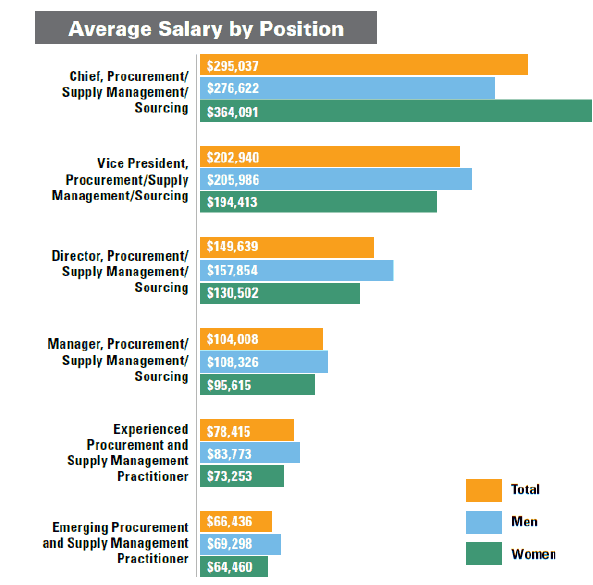 The calculation will be provided within 5 business days. Prior to the entry into force of the amendments, the owners of ATVs had to calculate the amount of tax on their own.
The calculation will be provided within 5 business days. Prior to the entry into force of the amendments, the owners of ATVs had to calculate the amount of tax on their own.
In case of official seizure of the vehicle by a court decision, the owner is released from the obligation to pay tax. The accrual of the transport fee is terminated from the first day of the month in which the court decision on the withdrawal came into force. Withdrawal in this case means:
Tax rates for ATVs in 2022 have not changed yet. When calculating them, the provisions of clause 1 of Art. 361 of the Tax Code of the Russian Federation.
At the beginning of 2019, the governor of one of the regions of Russia initiated a review of tax rates for the ownership of ATVs. The main argument for this was that urban residents rarely use this mode of transport. This initiative did not find support at the federal level, so the rate remained the same. It is possible that the law will be revised in the future.
Because legislation changes frequently, tax information quickly becomes outdated. Each case is special and requires an individual approach. The information above is provided for informational purposes only. To solve difficult situations, it is better to contact a specialist - for example, call the tax service hotline.
Yes, old: even the freshest copies of European production are already at least 8 years old, and the earliest ones have come close, or even reached the 20-year milestone. After all, the XC90 is from that era when "they knew how to do it." Agree, the performance is top notch. But there are plenty of problems too. Which ones - now we will tell.
After all, the XC90 is from that era when "they knew how to do it." Agree, the performance is top notch. But there are plenty of problems too. Which ones - now we will tell.
Facts
 The latter was duly appreciated in 2003 by EuroNCAP: according to the results of a series of tests, the Swedish crossover earned the maximum five stars. Now it seems like an ordinary event, but in those years there were not so many "five-star" models.
The latter was duly appreciated in 2003 by EuroNCAP: according to the results of a series of tests, the Swedish crossover earned the maximum five stars. Now it seems like an ordinary event, but in those years there were not so many "five-star" models. Front wheel drive or manual transmission vehicles are rare, as are V8 vehicles. Almost half of the proposals are for diesel, everything else is different versions of gasoline engines.
The cheapest ones can cost even less than $7,000, but still the average price level for pre-styling cars of the first years of production is from $8,000 to $11,000. Updated (and more recent) XC90s are valued higher, and the fork is wide - from $13,000 to $20,000 on average, plus or minus a couple of thousand for "extreme" offers. Thus, one model can have buyers with significantly different budgets.
Although the XC90 hit the market 20 years ago, it doesn't feel archaic thanks to the discreet design created by the team led by Peter Horbury.![]() More importantly, age does not affect the condition of the body as much as in the case of other classmates. Yes, plastic headlight fairings are overwritten, chrome becomes cloudy in places, but the paintwork is kept, the edges of the arches and thresholds are covered with plastic and are therefore protected from sandblasting, and the factory anticorrosive agent performs its function.
More importantly, age does not affect the condition of the body as much as in the case of other classmates. Yes, plastic headlight fairings are overwritten, chrome becomes cloudy in places, but the paintwork is kept, the edges of the arches and thresholds are covered with plastic and are therefore protected from sandblasting, and the factory anticorrosive agent performs its function.
At one time, we sent an 8-year-old copy of the XC90 for inspection of the body with passion - and then it turned out that the bottom and wheel arches were treated selectively with an anti-corrosion agent. Where the coating is applied, corrosion is not noticeable, however, on surfaces left untreated, rust has "shot through" the spot welds. They are the ones that require attention in the first place. But in general, body protection was considered good. The question is how carefully their owners monitor their age specimens. If the process is started, then the rust on the bottom may turn out to be large-scale. But the front panels of the body, as a rule, do not cause alarm.
But the front panels of the body, as a rule, do not cause alarm.
The interior of the car is made in a restrained Scandinavian style, but everything is done soundly, high-quality materials age slowly. The model was also available in a seven-seat version, and the "gallery" is relatively spacious. Adds practicality and double-leaf tailgate. What the age of the model affects is the absence of a number of modern options that more modern cars have managed to accustom to.
On the other hand, the less complex equipment the better. After all, one of the weak points of XC90 - an unsuccessful drainage system (primarily in versions with a hatch), which clogs rather quickly. As a result, water enters the cabin and floods the electronic components. This is considered the main cause of problems with internal electrical equipment.
Gasoline XC90 - for people with a good income. Whichever version you take, consumption is less than 12 liters in combined mode and less than 15 liters in the urban cycle is unlikely to be obtained.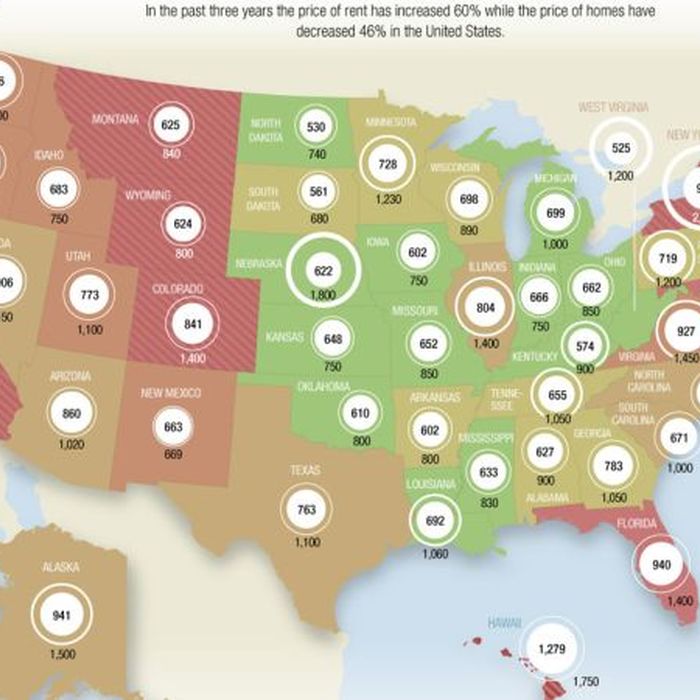 In addition, the engines themselves are quite expensive to maintain due to their design. Finally, they are not at all perfect, especially in old age.
In addition, the engines themselves are quite expensive to maintain due to their design. Finally, they are not at all perfect, especially in old age.
Early versions of the XC90 were equipped with turbo engines: a five-cylinder B5254T2 with a volume of 2.5 liters and a six-cylinder B6294T with a volume of 2.9 liters, the latter with a double supercharged (twin-turbo), hence the greater complexity and lower reliability compared to the 2.5-liter option. The power of the 2.5T version is 211 hp, T6 is 272 hp, which is relatively small for a heavy crossover.
Engines are demanding on the quality of oil and gasoline, the main problems are related to the cooling system (leaks through pipes, short-lived thermostat), ignition coils fail rather quickly. You should also monitor the oil level: if it leaves (due to the unsuccessful design of the crankcase ventilation system), the phase regulator suffers. There are no serious birth defects, but with age, engines require elementary attention, and ideally they are best serviced by brand specialists.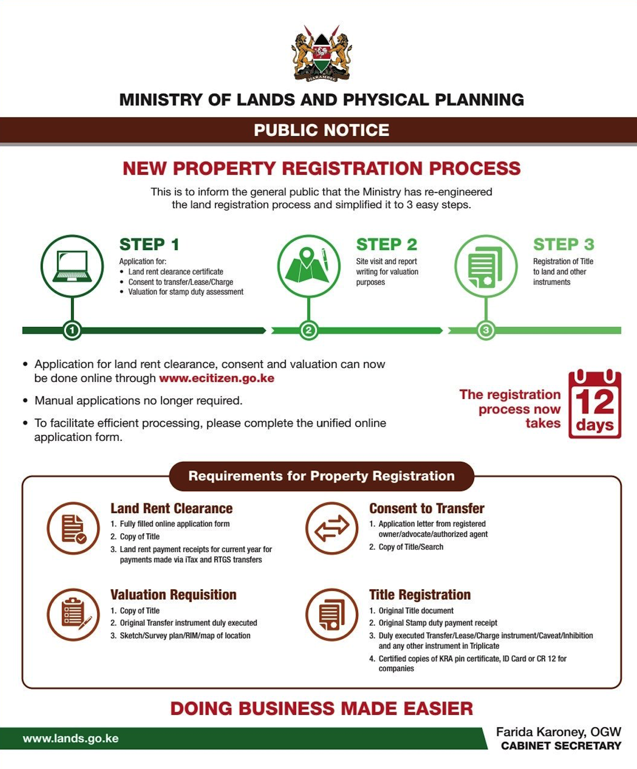 However, the same applies to other versions.
However, the same applies to other versions.
In 2007, the 3.2-litre naturally aspirated V6 B6324S (238/243 hp) was introduced. And it is considered the best gasoline engine for the XC90: after the “childish sores” of the early versions were pulled up, the engine has no serious flaws. Unlike turbo engines, there are hydraulic compensators and a resource timing chain drive, which reduces the amount of scheduled work. But if repairs are required (of the same timing), the engine will not please with a complex design and poor maintainability.
XC90, released in 2005-2011, they also installed a V8 engine! The 4.4-liter engine (315 hp), although it carries the Volvo B8444S index, is actually a Yamaha development. The most interesting thing is that they managed to "shove" it into the engine compartment of the crossover and make friends with the "automatic" - and here it's time to recall that, in fact, the P2 platform has a transverse engine. The Swedes succeeded in this trick, but the reverse side of the medal was a very dense layout, which makes maintenance and repair difficult.
At the same time, the engine has a serious drawback in the form of weak balance shaft bearings: tightening them with their replacement is fraught with serious consequences, and repairs are not cheap. The resource of the chain drive, unlike the 3.2-liter engine, is not so high, and because of the decent mass of the engine, the supports do not last very long. Plus, you have to deal with leaks due to leaky gaskets.
Well, the best option in terms of costs is considered to be a 5-cylinder 2.4-liter diesel engine of the D52 series, which in various modifications is presented in versions D3, D4 and D5 (163-200 hp). It is more economical than gasoline engines, and has also proven to be very reliable. However, you should take into account the age and solid runs of used cars.
The Bosch common rail fuel system is no problem if you fill up with quality fuel. Timing belt drive, on the original set, the replacement interval is 120 thousand km, on a "license" it is better to reduce it to 90 thousand. At the same time, it is important to monitor the condition of the belt of mounted units, because its breakage can lead to a break in the timing belt with all the consequences.
At the same time, it is important to monitor the condition of the belt of mounted units, because its breakage can lead to a break in the timing belt with all the consequences.
You should also monitor the cleanliness of the EGR valve, check the operation of the pressure regulator drive in the boost system. A relatively weak point is hydraulic compensators, which are very sensitive to oil quality and may require replacement closer to 200 thousand km. Also, swirl flaps in the intake hang over time.
Manual transmission is rare and only on the weakest petrol and diesel versions. With reliability, everything is fine, only the replacement of a two-mass flywheel will be expensive, which, however, has a good resource for this node. But most cars are still equipped with an "automatic", and depending on the engine, three different boxes were used!
The least successful is the 4T65EV/GT 4-speed automatic transmission developed by GM and modified by Volvo. It was installed on the T6 version, that is, it was in conjunction with a 2.9 gasoline enginetwinturbo. The motor is powerful - the “automatic” is rather gentle, the torque converter and valve body “surrender” relatively quickly, so that the general repair of the unit turns out to be expensive.
It was installed on the T6 version, that is, it was in conjunction with a 2.9 gasoline enginetwinturbo. The motor is powerful - the “automatic” is rather gentle, the torque converter and valve body “surrender” relatively quickly, so that the general repair of the unit turns out to be expensive.
Slightly better is the 5-speed Aisin AW55-50/51, which was installed with a 2.5-liter turbo engine, and the 6-speed Aisin-Warner TF-80 is considered the most successful. But both boxes have the same problems. They are sensitive to the purity of the oil, and it is contaminated by wear products of the friction linings. To extend the life of the valve body, it is necessary to change the oil as often as possible - even the standard interval of 60 thousand km for these boxes is too long, it must be reduced significantly. The torque converter does not like aggressive driving. And often the friction clutches burn out. In general, both "automatic machines" turned out to be prone to overheating, which is even more pronounced on a heavy car.
As we noted at the very beginning, front-wheel drive cars are also found on the secondary market, although their share is very small. As for the all-wheel drive transmission with a Haldex multi-plate clutch in the rear wheel drive, it is sensitive to loads and timely maintenance. So, it is worth changing the oil and filter in the clutch at least once every 45-50 thousand km, and in case of increased loads (off-road trips, aggressive driving), it is better to reduce the service interval.
Also, when buying (and then already during operation), it is worth remembering that the angular gearbox of the box is, if on the Achilles heel, then definitely not the strongest part of the transmission: leaks occur over time, it happens that it cuts off the splines of the shafts. And in general, the "iron" of the transmission (drive shafts, bearings) in the case of constant high loads does not last long, which should be remembered first of all by the owners of the most powerful modifications.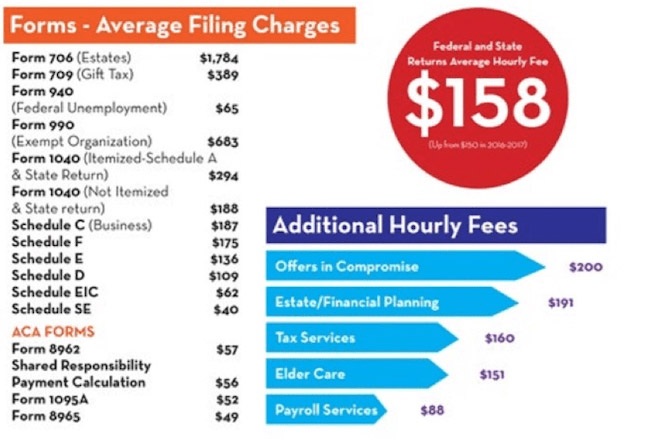 Generally speaking, there is an assumption that the transmission as a whole is not ready enough for a combination of a decent mass of a car and powerful engines. So her condition is largely determined by the driving style.
Generally speaking, there is an assumption that the transmission as a whole is not ready enough for a combination of a decent mass of a car and powerful engines. So her condition is largely determined by the driving style.
But the suspension was obviously created with a margin, its resource is more than sufficient, especially if we are talking about the rear "multi-link". The mileage of the front suspension parts is slightly lower, but McPherson's simple design saves. Less than 50 thousand km go only stabilizer struts, but ball bearings, silent blocks and shock absorbers serve more than 100 thousand.
On cars before restyling, wheel bearings turned out to be not very durable, but they are changed as an assembly with hubs, which increases the cost of repairs. It should also be borne in mind that with the Nivomat automatic leveling system, rear shock absorbers will cost almost twice as much as usual.
The brakes are also made with a margin, even fans of active driving have no complaints about their effectiveness.